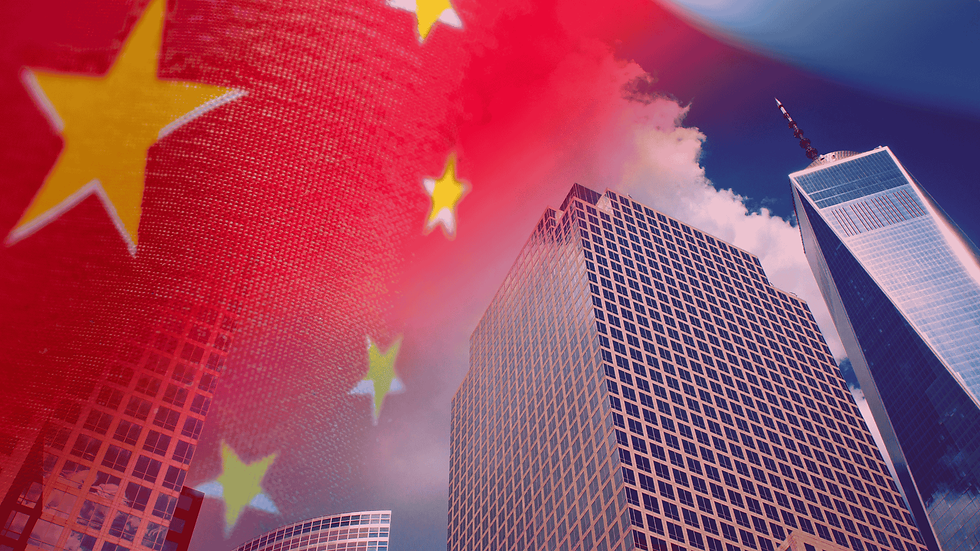China’s Trade Troubles Could Be India’s Big Break: What Investors & Entrepreneurs Need to Know
- Bestvantage Team
- Apr 23
- 2 min read

In the world of global trade, one country’s challenge often opens a door for another. And right now, that door is swinging wide open for India.
As the US-China trade war escalates—thanks to high US tariffs of as much as 245% imposed on Chinese exports—Chinese firms are battling to defend their global presence. The surprising turn of events? They're now more inclined than ever to play India's game.
Shifting Sands: Chinese Companies Get Comfortable with Indian Rules
Until recently, companies such as Shanghai Highly Group and Haier were adamant about having majority control in their Indian operations. But times have changed. Under pressure from US sanctions and tariffs, these Chinese giants are demonstrating unprecedented flexibility: taking minority stakes, accepting Indian-majority boards, and even providing technology transfers.
Shanghai Highly, one of the major compressor makers, has revived negotiations with Voltas owned by Tata, this time with a more India-friendly proposal. Their earlier proposal—60% Chinese ownership—was blocked under India's post-2020 FDI rules. But now, they’ve pivoted to technical collaborations, including one with PG Electroplast, which is building a massive Rs 350 crore facility near Pune.
Similarly, Haier, which holds the third-largest share of India’s consumer electronics market, is now looking to divest majority control—negotiating to sell up to 55% of its local arm to Indian partners or private equity firms. It's a dramatic change from the previous plan to sell only 26%.
Why This Matters for Indian Entrepreneurs and Investors
For Indian investors and entrepreneurs, these changes represent an unambiguous opportunity. With Chinese companies now more willing to partner on India's terms, there's a compelling case for leveraging:
• Technology Transfer: Access sophisticated manufacturing expertise without losing control.
• Joint Ventures: Get investments and expand operations while remaining within government guidelines.
• Export Potential: With global value chains on the move, India is emerging as a significant China alternative—particularly with export-pipeline incentives such as the Production Linked Incentive (PLI) program.
The stance of the government is also comforting: Chinese investment can go ahead if it is in favor of domestic value addition, is deferential to minority ownership patterns, and has Indian-majority governance. This would fit well with India's broader "Make in India" vision, now supercharged by $26 billion worth of subsidies.
The Bigger Picture: India as the Global Factory Alternative
Apple's new wave of Indian manufacturing—now making 1 in every 5 iPhones here—is evidence that the world is seriously considering India. In spite of some challenges such as skills shortages and reliance on Chinese components, India is increasingly becoming a serious, scaleable manufacturing hub.
International investors are taking notice. Between 2025 alone, $25 billion has poured into Indian markets—a symbol of increasing confidence.
Final Takeaway
India's time in the world manufacturing spotlight isn't coming—it's arrived. For Indian entrepreneurs and investors, it is time to get bold: establish wise partnerships, welcome technology transfers, and prepare to go large. While Chinese companies search for safe havens outside of the US, India is not a plan B—India is where it's happening.




Comments